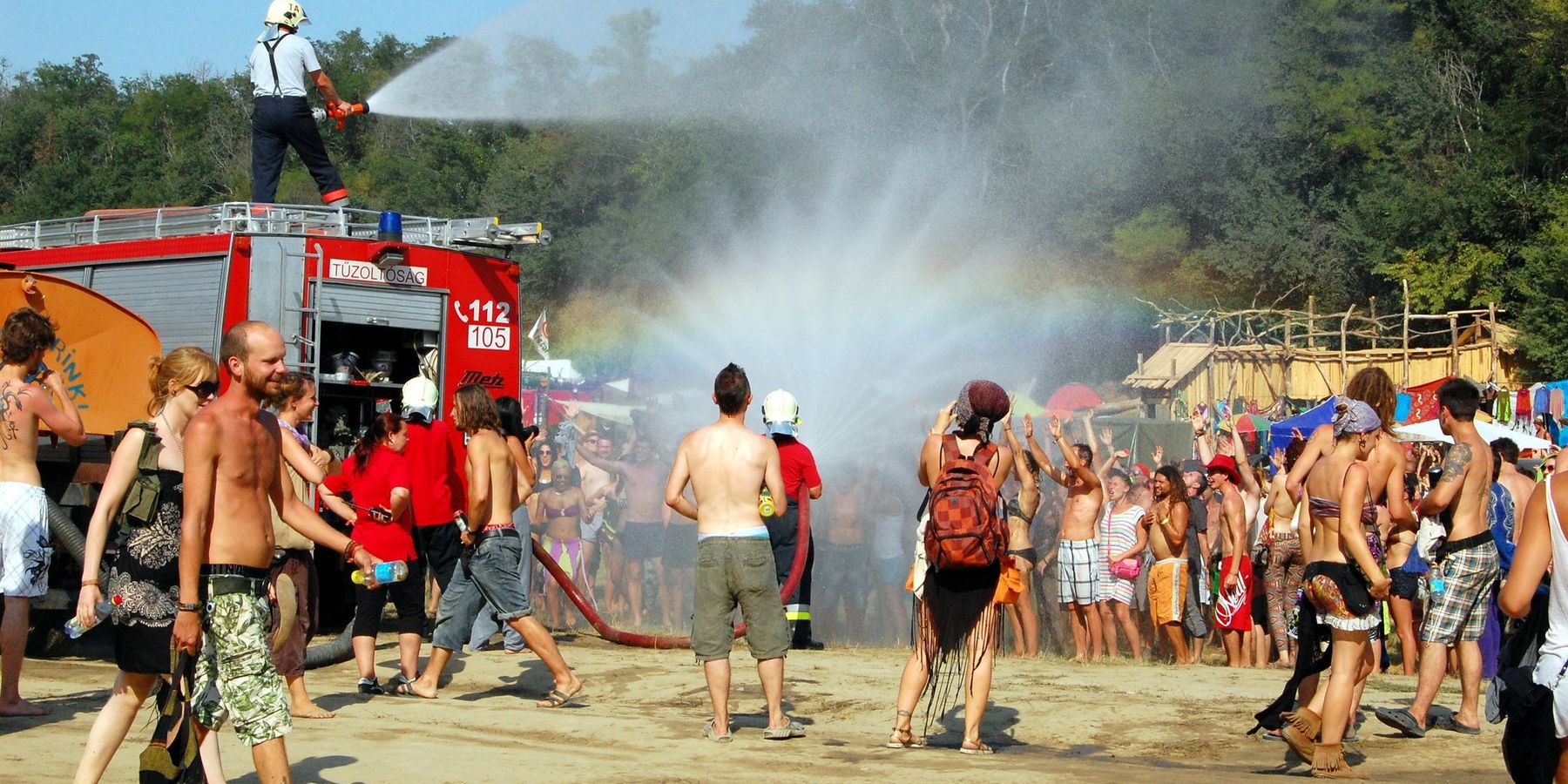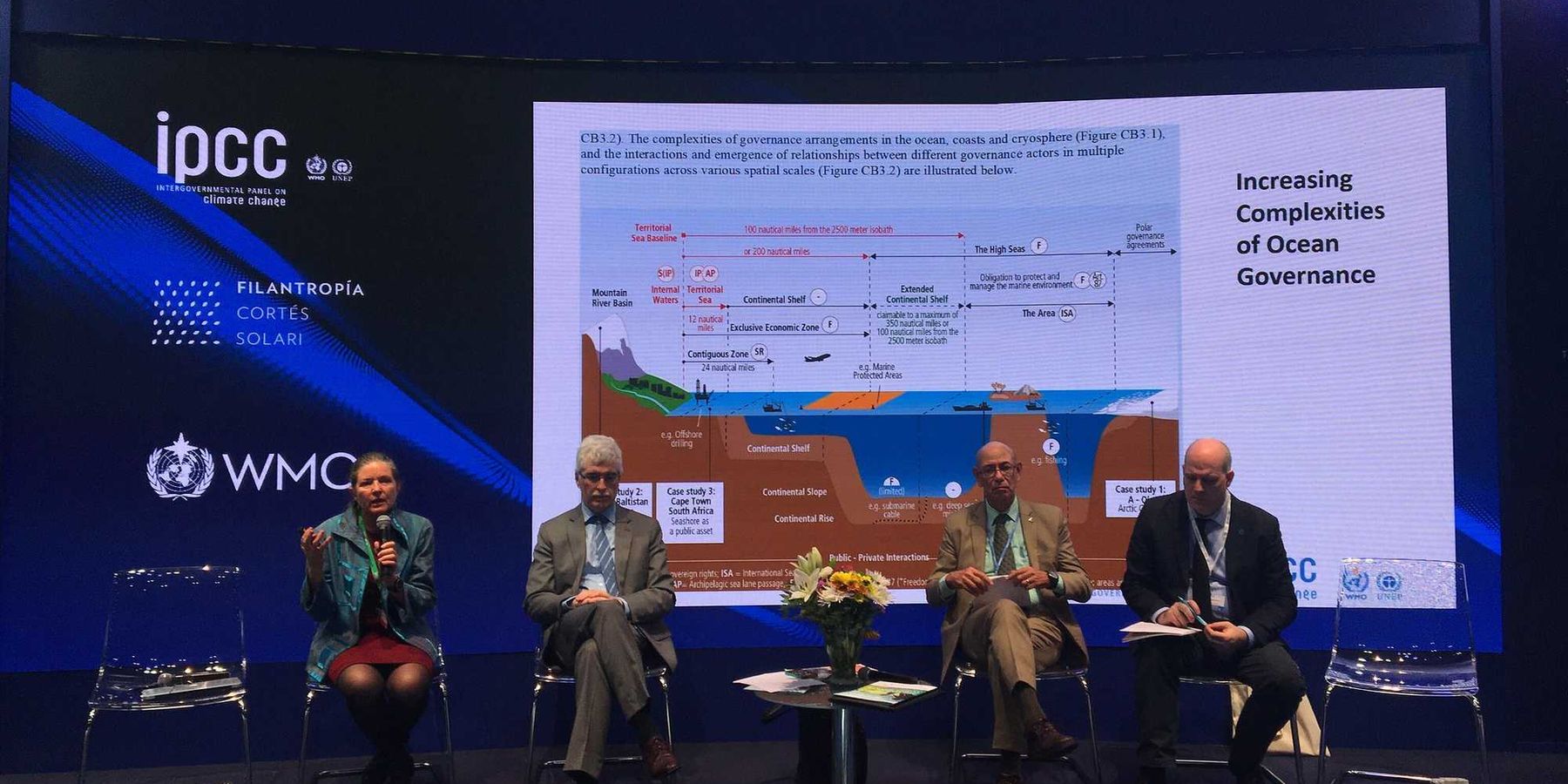
Op-ed: We are undercounting heat-related deaths in the US
Knowing how many people die or get sick from heat-related causes is essential for the policy arguments to equitably adapt to and mitigate climate change.
In summer 2022, in San Antonio, Texas, 51 migrants died in an overheated truck, after being smuggled across the border from Mexico.
The day they died, temperatures peaked well past 100 degrees Fahrenheit (38 degrees Celsius), and the truck had no water and a busted cooling system. Eleven people survived thanks to a nearby worker who heard muffled cries for help. Though their deaths are in part due to the negligence of their driver, extreme heat also played a big role. However, their deaths — like thousands of others in the U.S — were likely not recorded as heat related. This common oversight is a problem that obscures the deadly effects of rising temperatures.
Heat is estimated as the number one weather-related killer in the U.S. Exposure to elevated heat can directly result in heat cramps, heat exhaustion, heatstroke and hyperthermia. Elevated heat can exacerbate chronic conditions such as asthma, heart and other cardiovascular diseases, autoimmune conditions, arthritis, and can deteriorate mental health. Knowing how many people die or get sick from heat-related causes is essential for the policy arguments to mitigate climate change, as well for environmental justice — we need to know how many people are dying and who they are.
One major step to doing this is making sure that we are thoroughly and accurately accounting for all the people who are losing their lives to heat. But exactly how many people are dying due to heat? The numbers we have now are almost certainly underestimating the true death count attributable to elevated heat. The Environmental Protection Agency (EPA) estimates 600 annual deaths attributable to elevated heat, while statistical approaches estimate more than 1,300 annual deaths.
The role of medical examiners
There are two types of heat-related deaths: heat stress deaths, caused directly by heat and recorded on a death certificate; and heat-exacerbated deaths, when heat worsens existing chronic conditions. Heat can be listed on death certificates as a contributing or underlying cause of death. However, many deaths associated with elevated heat are not identified as such by medical examiners and might not be properly coded on the death certificate, as the EPA notes. If the cause of death is classified as the result of a cardiovascular or a respiratory disease, the medical examiner may omit the role of heat in the death if they are uncertain whether it was a contributing factor. Moreover, when making such a determination, there is a lack of standardization in how medical examiners quantify heat. As per the Medical Examiners’ and Coroners’ Handbook on Death Registration and Fetal Death Reporting, the cause of death is the medical examiner’s best medical opinion and, in some cases, where it is not possible to make a precise determination of the interacting causes of death, a subjective call has to be made.
It doesn’t help that each state possesses an independent system. As of 2019, 16 states had a centralized medical examiner system, 14 had a county-based system with a mixture of coroner and medical examiner office, six had a county- or district-based medical examiner system, and 14 had a county-, district- or parish-based coroner system. Medical examiners and coroners are substantially different. While medical examiners are appointed and have board-certification in a medical specialty, coroners are elected lay people who often do not necessarily have professional training. The lack of standardization in state systems as well as in how medical examiners determine whether heat is an underlying factor of deaths contributes to the uncertainty of how many people die of elevated heat.
No standards to tally heat-related deaths

When making a determination of cause of death, there is a lack of standardization in how medical examiners quantify heat.
Credit: artistmac/flickr
Though states and researchers also use statistical models to estimate the numbers of heat-related deaths, the methods are not standardized. Approaches can range from using two models that reflect different measures of hot weather – which is New York City’s chosen method – to time regression studies. Moreover, even if researchers do use the same methods, there are also different approaches to estimating minimum mortality temperatures, which can lead to different estimates of excess deaths. Since these numbers are often the ones circulated, the extent to which these methods differ opens the door for discrepancies. With the lack of a standardized approach, we propose developing a unified U.S.-wide method of excess heat-attributable deaths immediately.
Evidence for climate change action
There are many policy makers who may not see the point of such measures. For a large portion of history many politicians denied that rising temperatures were an issue. And now, polls show that though Republicans are open to some policy approaches, climate change is still considered a low priority. So, why do these details matter? We need to know how many people are suffering in order to effectively drive policies for climate and health action. Each heat-related death was a life and represents a story that ended too early. When the public hears about stories such as the migrants’ deaths in San Antonio, they are rightly shocked. If they knew the full extent of how heat kills in the U.S., they would be able to put further pressure on lawmakers to spur climate change action. Our health depends on the climate’s health.
Even if researchers do use the same methods, there are also different approaches to estimating minimum mortality temperatures, which can lead to different estimates of excess deaths.
Identifying and mitigating heat-related deaths is also relevant to the historically underserved communities that are the most exposed and vulnerable to elevated heat. In the rural parts of America, Latinos make up nearly 60% of farm laborers, an occupation infamous for having limited protection against the heat. Meanwhile in cities, racist policies and urban planning decisions from decades ago have created redlined neighborhoods that are much hotter and deadlier than other areas. Black and Brown communities are enduring the brunt of the heat’s wrath. By more accurately identifying which groups of people are disproportionately suffering the most, we can push lawmakers to take more action to avoid more heat-related tragedies.
What happened in San Antonio was a tragedy, but it was not an accident. If we don’t start taking action now, there are only more dire ‘accidents’ awaiting us. It is scary not knowing what you are up against — so improving our knowledge of heat-related deaths is the first, and one the most important, steps.













